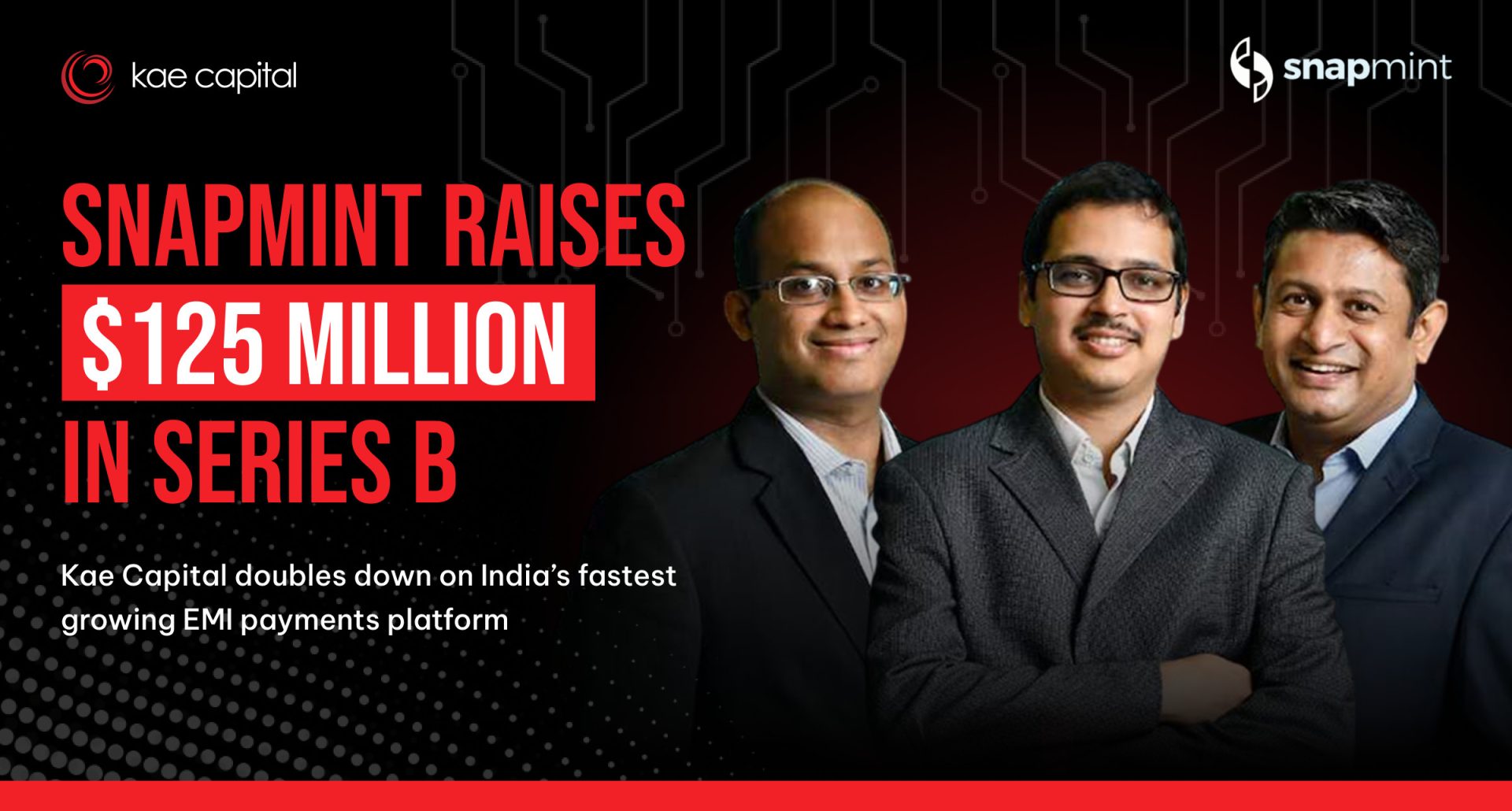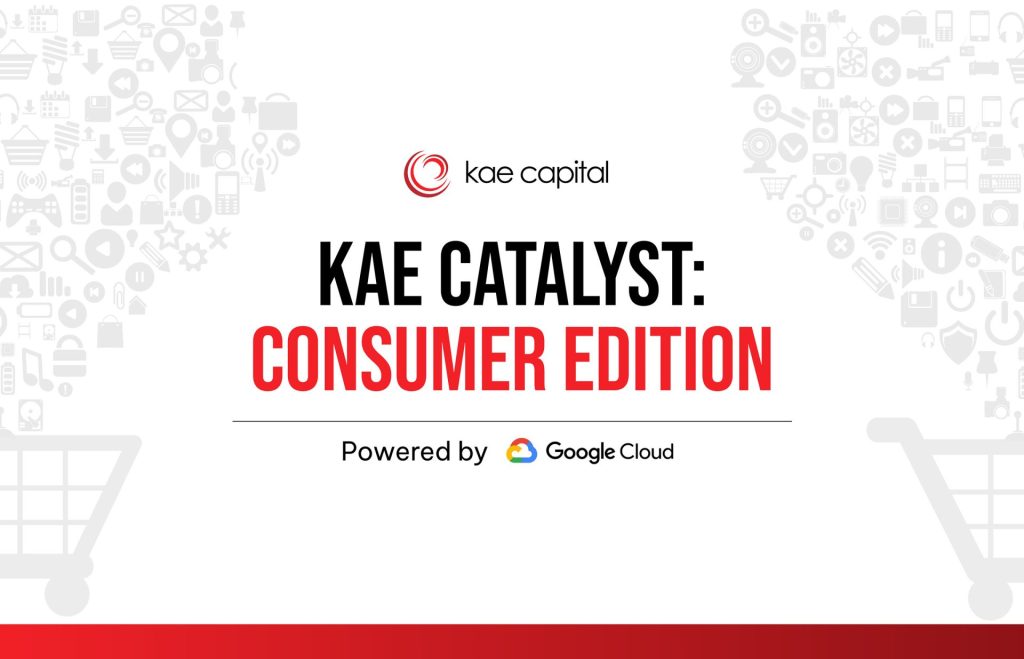What makes this fundraise particularly noteworthy is not just its size, but the context in which it was raised. Unlike many fintech companies still chasing scale at the expense of profitability, Snapmint has achieved that rare combination of hypergrowth and healthy unit economics, a feat that caught the attention of one of the world’s leading growth investors.
The Snapmint Story: Democratizing Credit Through Innovation
Founded in 2017 by three IIT Bombay alumni; Nalin Agrawal, Anil Gelra, and Abhineet Sawa, Snapmint set out to solve a fundamental problem in India’s consumer finance landscape. With credit card penetration remaining stubbornly low and traditional lending failing to serve the mass affluent segment, millions of Indians were locked out of flexible payment options that could help them afford more.
Snapmint was founded to bring honest and transparent EMI offerings to mass affluent consumers of India without the need of a credit card. The company’s breakthrough came in 2020 when they pioneered EMI-on-UPI, recognizing that India’s digital payments revolution through UPI presented a once-in-a-generation opportunity to leapfrog credit cards entirely.
The thesis was simple yet powerful: if UPI could democratize payments, why couldn’t it democratize credit? By building seamless installment payment capabilities directly into the UPI infrastructure that millions of Indians were already using, Snapmint created a frictionless credit experience that required no new cards, no complex applications, and no hidden charges.
The Growth Journey
Snapmint’s growth trajectory has been nothing short of remarkable. The platform currently serves 7 million monthly active users across 23,000 pincodes in India and funds over 1.5 million purchases per month. These aren’t just vanity metrics, they represent real people gaining access to credit in Tier 2 and Tier 3 cities where traditional financial services have historically struggled to reach.
But what truly sets Snapmint apart is their path to profitability. For the fiscal year ending March 2025, the company reported an 80% year-on-year increase in revenue to Rs 158.5 crore and turned profitable with a net profit of Rs 15 crore. In an ecosystem where profitability often feels like a distant dream, Snapmint has demonstrated that responsible lending and strong unit economics can coexist with rapid growth.
Looking ahead, co-founder Agrawal says the company expects to double its revenue in FY26, underscoring the company’s focus on sustainable, profitable growth even as it continues to scale aggressively. In the two years leading up to this funding, the company has grown from 1 million purchase financing transactions a year to over 5 million annual transactions, a 5x increase that speaks to the massive market pull for their product.
The Market Opportunity: Riding India’s Digital Credit Wave
Snapmint operates at the intersection of two mega-trends reshaping India’s economy: the explosion of digital payments and the democratization of credit access. The BNPL market in India is expected to grow by 13.4% annually to reach $21.95 billion in 2025, with projections suggesting it could reach approximately $35.07 billion by 2030.
This isn’t just about market size, it’s about the fundamental transformation of how India accesses credit. Snapmint offers installment-based credit solutions that allow shoppers to buy products such as mobiles, electronics, and home essentials on easy payment terms. Beyond conventional categories like electronics and travel, Snapmint shoppers also use its EMI-on-UPI offering for fashion, furnishing and other lifestyle purchases.
The company’s digital platform, Nimbus, has become a powerful enabler for partner brands. Snapmint has enabled brands to increase their sales by 10 to 20% with their offering, creating a win-win ecosystem where merchants benefit from higher conversions while consumers gain access to affordability.
What excites us most is the whitespace that remains. With over 5 million active monthly users today, Snapmint is just scratching the surface of a market where hundreds of millions of Indians lack access to formal credit. The company’s vision to bring EMI payment solutions to more than 100 million consumers in the next few years isn’t just ambitious, it’s achievable.
Kae Capital’s Perspective: Why We Remain Convicted
At Kae Capital, we’ve been proud backers of Snapmint’s journey, and our continued participation in this round reflects our deep conviction in the team and their mission. Several factors reinforce our belief that Snapmint is building something truly transformational:
Product-Market Fit at Scale: The company’s ability to finance 1.5 million purchases monthly while maintaining healthy credit metrics demonstrates they’ve cracked the code on responsible lending at scale. This isn’t easy, it requires sophisticated underwriting, robust risk management, and deep understanding of consumer behavior.
Pioneer Advantage: As pioneers of EMI on UPI since 2020, Snapmint has built significant technological and operational moats. Their early-mover advantage in this space has translated into valuable partnerships, proprietary data, and brand recognition that will be hard for competitors to replicate.
Founder Quality: Nalin, Anil, and Abhineet have demonstrated the rare ability to balance growth with discipline. Their engineering background from IIT Bombay shows in the product’s technical sophistication, while their business acumen is evident in the path to profitability they’ve charted.
Timing: India’s UPI revolution has created the perfect infrastructure for Snapmint’s vision. As co-founder Nalin Agrawal notes, “We believe India will leapfrog credit cards and go straight to EMI on UPI”. We couldn’t agree more, and Snapmint is perfectly positioned to lead this transition.
Deployment of Fresh Capital: Building for the Next Phase
The new funding will be deployed strategically across three key areas. First, the company plans to significantly expand its merchant network, deepening integrations with both large e-commerce platforms and emerging D2C brands. The startup will use the new capital to expand its merchant network, integrate with more shopping portals, and grow its balance sheet for increased lending capacity.
Second, Snapmint will invest heavily in enhancing its technology stack, particularly around credit underwriting, fraud prevention, and personalization. As the company scales to serve 100 million+ users, maintaining low default rates while improving approval rates will be critical.
Third, roughly 50% of the funds will capitalize the company’s in-house NBFC, providing the balance sheet strength to support increased lending capacity. This vertical integration gives Snapmint greater control over the entire customer experience while improving unit economics.
Looking Ahead: The Road to 100 Million Users
India stands at an inflection point in its financial inclusion journey. While traditional banks and credit cards have struggled to penetrate beyond tier-1 cities, the combination of smartphone adoption, UPI infrastructure, and innovative fintech companies like Snapmint are rewriting the rules.
Snapmint’s mission extends beyond just providing credit; it’s about enabling aspiration, removing barriers to purchase, and giving millions of Indians the financial flexibility that was previously out of reach. Every EMI processed represents a student buying a laptop for education, a young professional purchasing their first smartphone, or a family upgrading their home appliances.
As Snapmint embarks on this next chapter backed by world-class investors, we’re excited to continue our partnership with a team that’s not just building a successful business, but genuinely expanding financial access for underserved segments. The journey from 7 million to 100 million users will be challenging, but if the past few years have taught us anything, it’s that Snapmint has both the vision and execution capability to get there.
The future of credit in India won’t look like credit cards or traditional loans, it will look like Snapmint’s seamless, UPI-integrated, merchant-embedded EMI solution. And we’re proud to be backing the team that’s making this future a reality.



